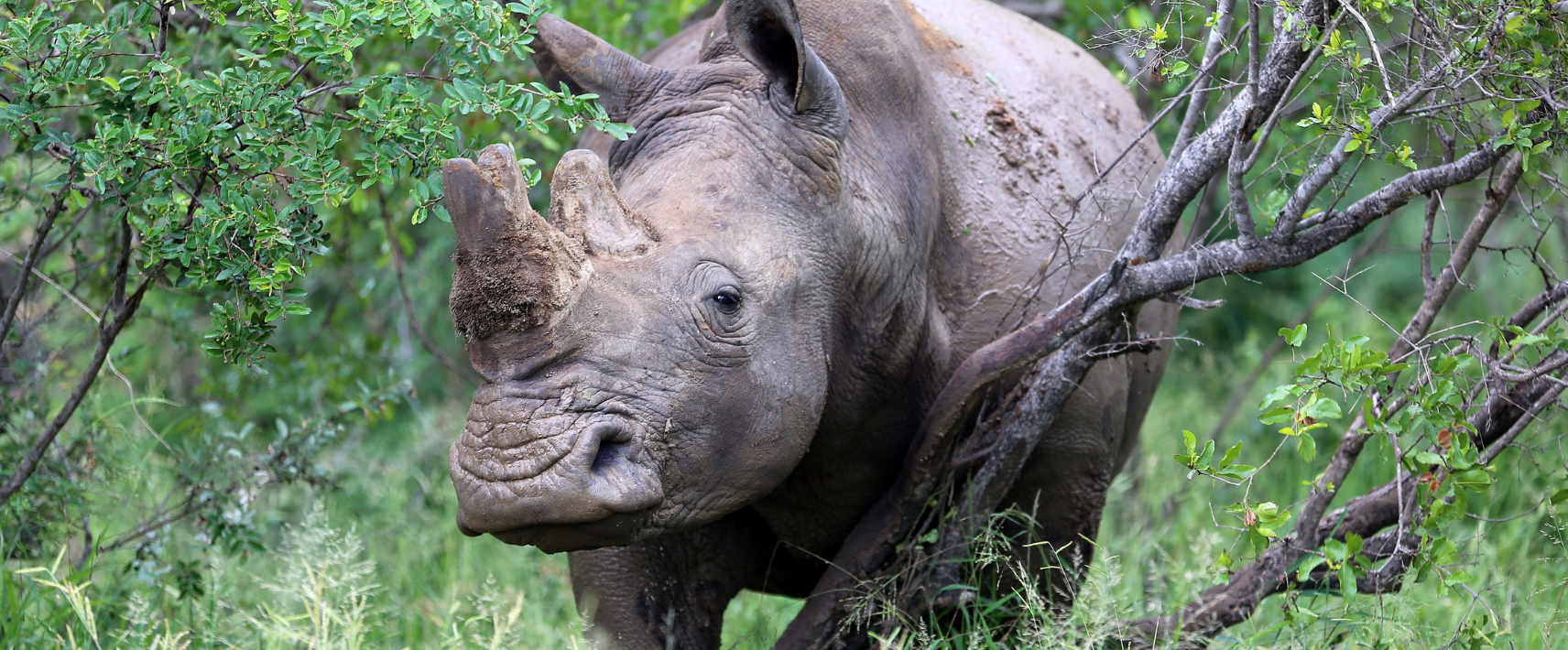One of the most important global meetings on wildlife trade has just wrapped up in Uzbekistan. It’s capital city Samarkand was where governments convened for the 20th Conference of the Parties (CoP20) to the Convention on International Trade in Endangered Species of Wild Fauna and Flora (CITES) to decide how international trade should be managed for some of the world’s most threatened...
The 17th meeting of the Conference of the Parties to CITES (CoP17) will begin in Johannesburg, South Africa, this week and HSI will be attending as part of a strong team of campaigners from other HSI offices, and as part of the Species Survival Network.
The Convention on International Trade in Endangered Species of Wild Fauna and Flora, known as CITES, is an international agreement between governments which began in 1975. The aim of CITES is to ensure international trade in specimens of wild animals and plants does not threaten their survival. CITES Appendix I lists species which are threatened with extinction and prohibits international trade in specimens of these species, except when the purpose of the import is not commercial e.g. scientific research. CITES Appendix II allows for controlled trade in species whose survival is not yet threatened but may become so if trade continues without careful control.
There will be a number of important species under consideration at this year’s CITES meeting, and we are hoping that this will result in the regulation of their trade and assist conservation measures. HSI will be directing our efforts on a range of proposals being discussed at CoP 17, including those for species for which Australia is not a range state.

The silky shark is one of the species of shark suffering population declines around the world.
One of our main focuses at CITES involves shark and ray species including thresher sharks, silky sharks and mobula rays, which at present are suffering population declines around the world. CITES provides us with an important opportunity to better regulate shark products to sustainable levels and helps to protect the future of these species.
Shark and ray populations are in trouble, and international trade is a key driver in their decline with sharks and rays being taken at an unsustainable rate primarily for their fins and gill rakers. Listing on Appendix II of CITES for the shark and ray species would complement fisheries management measures and help to curb overfishing and illegal, unreported and unregulated (IUU) fishing. We will be strongly urging all countries, especially Australia, to support these proposals.

Pangolins have been identified by IUCN as the most heavily trafficked mammal in the world.
HSI is also pleased that 8 species of pangolins are proposed under Appendix I of CITES, the highest level of protection possible under the Convention. Pangolins have been identified by IUCN as the most heavily trafficked mammal in the world, and all of these species’ populations are in decline. Population decline of pangolins is due to unsustainably high poaching for their scales which are used in traditional Asian medicine. The proposal to list species of pangolins under CITES could offer a great level of protection for these animals and HSI hopes that all parties will support it.
Currently, populations of rhinos, elephants and lions are at high risk for over exploitation, with a number of species listed as critically endangered by the IUCN. This year’s CoP will debate conflicting proposals in regard to the trade of elephant ivory, and rhino horn and will hopefully see the African lion elevated to Appendix I listing.

This year’s CoP will debate conflicting proposals in regard to the trade of rhino horn. Photo by Chris Searle
Since the previous CITES CoP held in 2013, Australia has implemented stricter domestic measures which offers all populations of elephants, rhinos and lion the same protections as being on Appendix I of CITES. This measure ensures the trade in any of these specimens from any population of any species, imported into Australia is restricted to those that can be demonstrated as being harvested prior to their listing on CITES.
As Australia has already increased such restrictions, we are hopeful of their support and we will be urging all countries to also adopt these proposals which will increase the limits on trade, and uphold worldwide efforts to eliminate demand of these specimens.
Finally, HSI has strong hopes for Nautilids to be listed on CITES Appendix II. These unique ancient shelled relatives of octopuses and squids are heavily traded for their beautiful chambered shells. Australia is a range state for these distinctive marine creatures, and HSI will be campaigning hard to ensure that international trade for commercial purposes comes to an end, and populations can start to recover from being heavily trafficked.
We will have daily updates from Johannesburg, and information on all proposals as they develop. Check our website, Facebook and Twitter for all the latest news.
Looking forward to bringing you all the news from CoP 17!


